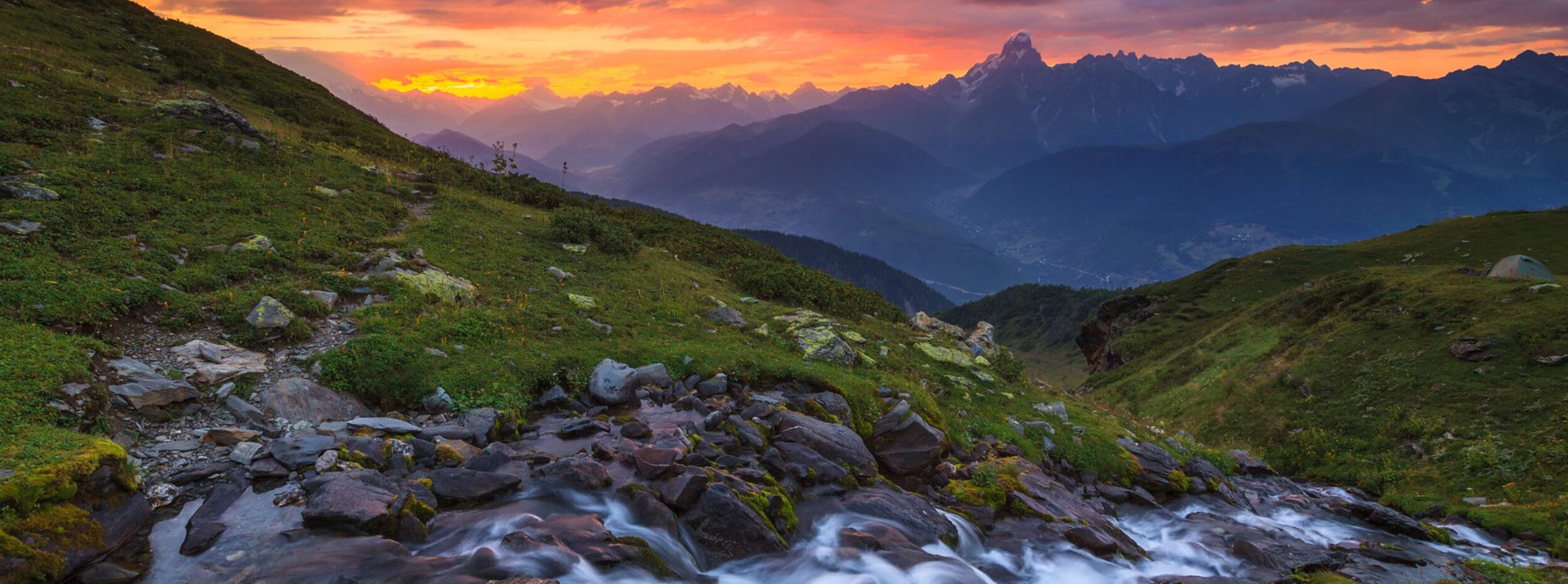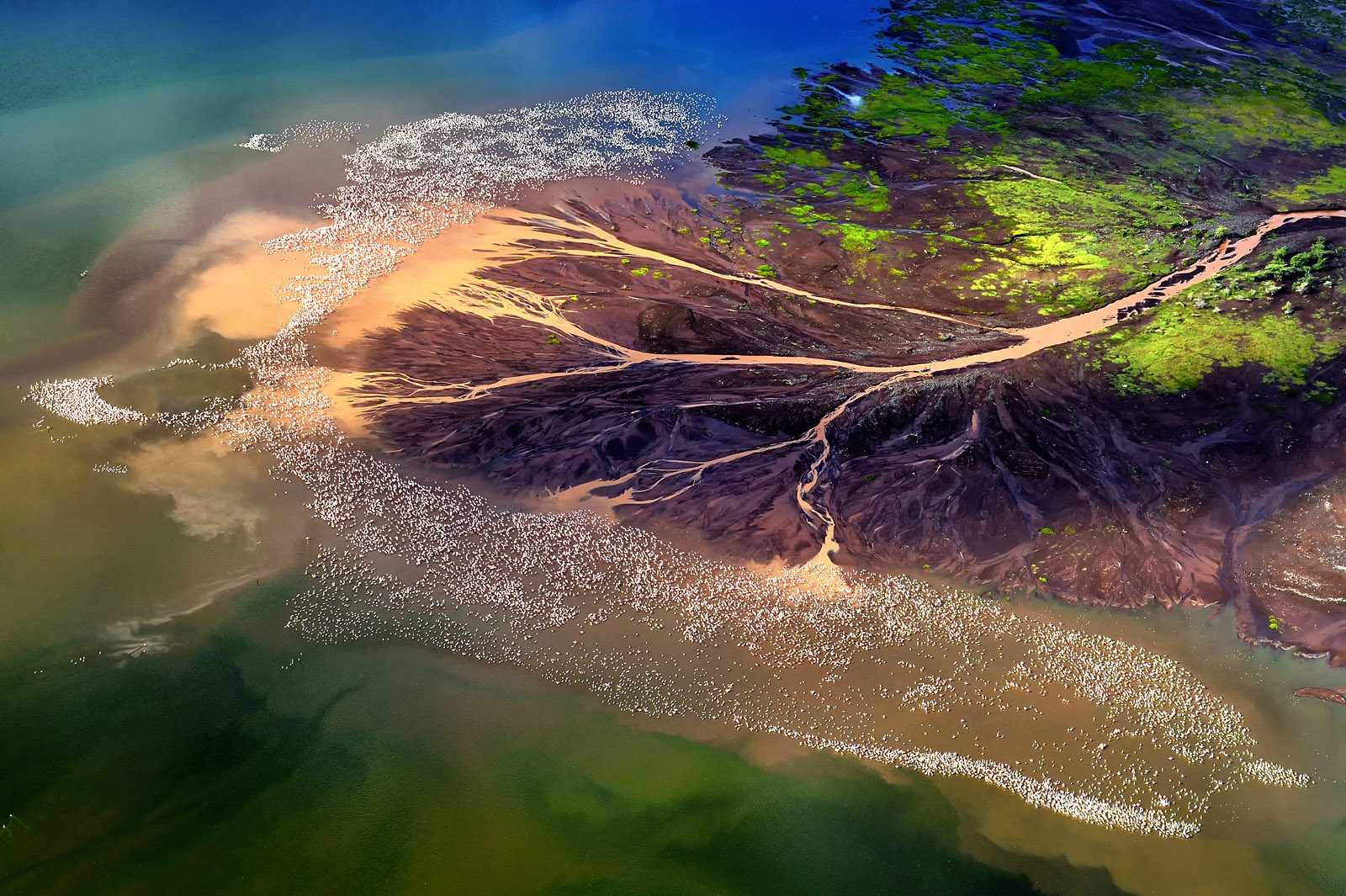Our brains may be programmed by genetics and culture. But we are more than our conditioning. We are hybrid beings of earth and eternity.
A friend of mine recently shared with me an interview with Robert Sapolsky about his new book, “Determined”. He makes the case based on neuroscience and quantum physics that there’s no such thing as free will. In response, I sent her an interview of mathematician Edward Frenkel debunking Sapolsky’s claim using the exact same sources: neuroscience and quantum physics.
It all seems to boil down to whether or not we believe consciousness originates in the brain. Sapolsky takes this as such an obvious fact that he never identifies it as the assumption that underlies all his claims. Frenkel cites research showing there’s simply not enough real estate in the brain for complex functions like stability of vision: how our field of vision – unlike a camera’s – remains smooth as we move around. No scientist has proven where consciousness comes from – they can’t even agree on what it is. Saying consciousness comes from our brain is like saying Netflix comes from our TV. It’s simply the vehicle that broadcasts it.
My “ah ha” moment while listening to these scientists describe the workings of physics and neurobiology came when comparing how the brain functions to how consciousness functions. Sapolsky claims we have no free will because everything we think, feel, and do is a consequence of how our brains have been programmed by our genetics and our culture. He admits our responses can change if we come under the influence of different inputs. We will still react based on our programming, but can we choose what programs we’re running, what pathways are being re-enforced?
But how does consciousness work? If our thoughts and behaviors are borne of a feedback loop based on previous programing, what enables us to choose different influences and reprogram new beliefs and behaviors? Why do some addicts drink themselves to death and some have spiritual awakenings? How do so many scientists and innovators get insights and inspiration beyond what their brains could have deduced from the available data and theories?
Frenkel says all the greatest scientists received their inspiration through images, dreams, or moments of inspiration (which some researchers claim are often aided by psychedelics). From ancient philosophers being given theories by oracles to Einstein’s dream of relativity up through Frenkel’s own career, it’s when logical thinking stops that the inspiration arises, and it comes from a place completely innovative and outside the box.
Perhaps the reason 12-step programs have been transformational for so many people is because they bring this innovative quality of consciousness into the programmed brain via the concept of a Higher Power. The best description I’ve ever heard of ego is the sum total of all of our conditioning – everything we’ve learned about how the world works, how to navigate it, and who we are. That also sounds like Sapolsky’s definition of neurobiology – how we are programmed to behave. Addictive behavior results from an extremely well-developed system of input and reaction, a completely compulsive programming devoid of agency – even when the result is harm to self and Other. This is the way we experience life when all we are is ego: just one chaotic jumble of self-obsessed desire and our thinly veiled desperate attempts to satisfy it.
In this state, life truly is unmanageable. We are as incapable of stopping our behavior as we are of resisting an urge programmed into our neurons. But this is clearly not all that we are. The same place that inspires the great scientists and artists is in each of us: consciousness. We may have powerful subconscious programming, but we also have conscious awareness in each and every moment, and that is the game-changer. We can choose to believe this Higher Power exists – to make the choice to turn our compulsions over to a moment of stillness, to pray for a new way of seeing and being, to invite clarity, comfort, and presence into what was once all reactivity based on fear, resentment, and hunger. That is what enables us to have new experiences of ourselves and others and to build new pathways. Those moments of consciousness are what enable us to reprogram our physical brains to function in new ways.
This is why I’m passionate about the way I’m coming to understand spiritual practice as intentionally occupying “the space in between” – between breaths, between thoughts, between our timebound and cosmic selves, between our physical and energetic bodies. This is when the images and sensations we’ve gathered out in the world can intermingle with a clearer, more creative and expansive consciousness, like the salt and fresh waters of a delta churning into dynamic fertility. This process isn’t an escape. It’s an alchemical infusion of wisdom and vitality into the mud of life that can transform our world into something more vivid, meaningful, and aligned with the greatest, highest good.
We humans are beings held in between – in between animals and angels, in between the physical and the spiritual, in between destruction and sustainability, in between our deepest fears and our most loving surrender. Being human – especially in this time – isn’t about choosing one path or the other. By our very nature, we are hybrid, amphibians who must learn to navigate both land and water to survive. We are celestial enough to recognize beauty – to glimpse the divine – but organic enough to be active participants in its physical unfolding. That is the soul of our species – our unique ecological niche. To be fully consumed by the things of this world is to leave a gaping, hungry, destructive hole in our souls. But to attempt to renounce or transcend is to eschew our very purpose, which is to be vessels in the here and now.
As a species, we also find ourselves in a space between. Whether or not we admit it to ourselves – whether we struggle to deny, maintain, or rehabilitate – our world is ending. We are in an era of late-stage capitalism. Western civilization has stripped the earth of the resources it demands. We may have ideas of where we are going, but they are all rooted in an extractive mindset and way of life that must die alongside the structures that sustain it. We have learned to rely on the city as the superorganism that sustains us, and we must return to the understanding that it is the earth and all of its creatures that we depend on if we have any chance of surviving. We are entering a phase of interstitial time – like the space of sleep between the time our eyes close to the dark and open to a new day – where we drift, vulnerable and permeable in the realm where all beings dwell between birth and death.
Here we can be seeded with the nutrients for new life. And we are of greatest use when we do so consciously. Just as we can allow our dreams to melt in the sunlight or write them down, revisit them, live them back to life, we can suffer as unconscious vehicles of the earth’s transformation or we can lucidly participate in the pains of letting go. How conscious we can be I believe is tied to what we think is happening and where we are being led. If we believe the universe is an inanimate mess of particles and physical laws, predetermined by everything that came before, we are justified in our existential terror and in our desperation to save ourselves by any means necessary.
But if we believe the universe is sentient and intentional, even if we do not understand or agree with what unfolds, we can surrender into willing participation with its living, breathing body, even if it does not serve us personally, even if the animal body trembles. When we experience ourselves as a part of something vast and intelligent, an unfolding cosmic story we are embedded within and that holds us and lives through us in the sensations, thoughts, and feelings that make up our world, we find profound meaning even through disappointment, loss, and suffering. What greater purpose is there than to surrender to that? What greater comfort is there than to trust that?
Our brains may be programmed by genetics and culture. But we are more than our brains. We are more than our bodies. We are hybrid beings made of earth and eternity. And when we consciously choose to occupy the space between, to let those energies intermingle and cross-pollinate, something truly novel can emerge, something that no model can predict and that may just make the next chapter of our planet’s story beyond anything any of us could have imagined.
Nancy
Beyond Algorithms – Edward Frenkel: https://we.scienceandnonduality.com/products/beyond-algorithms/categories/2154147163/posts/2172723122
The Illusion of Free Will – Robert Sapolsky: https://www.youtube.com/watch?app=desktop&si=PTd8k2gRDXKuCLFV&v=mSWJmzMoTyY&feature=youtu.be
New Path for Psychedelics – Bruce Damer: https://www.youtube.com/watch?v=N5kuKQS8faI
The Biology of Desire: Why Addiction is Not a Disease – Marc Lewis: https://www.amazon.com/Biology-Desire-Why-Addiction-Disease/dp/1610397126
Discover more from InnerWoven
Subscribe to get the latest posts sent to your email.

